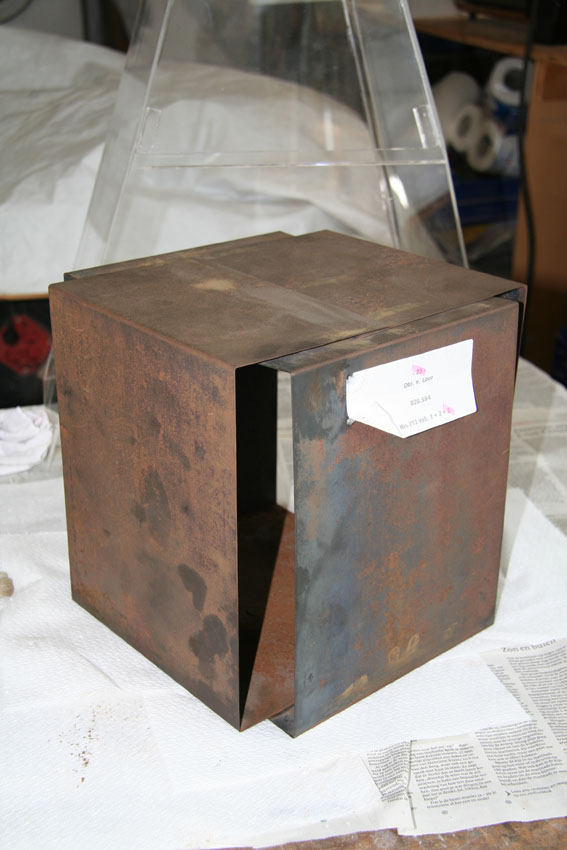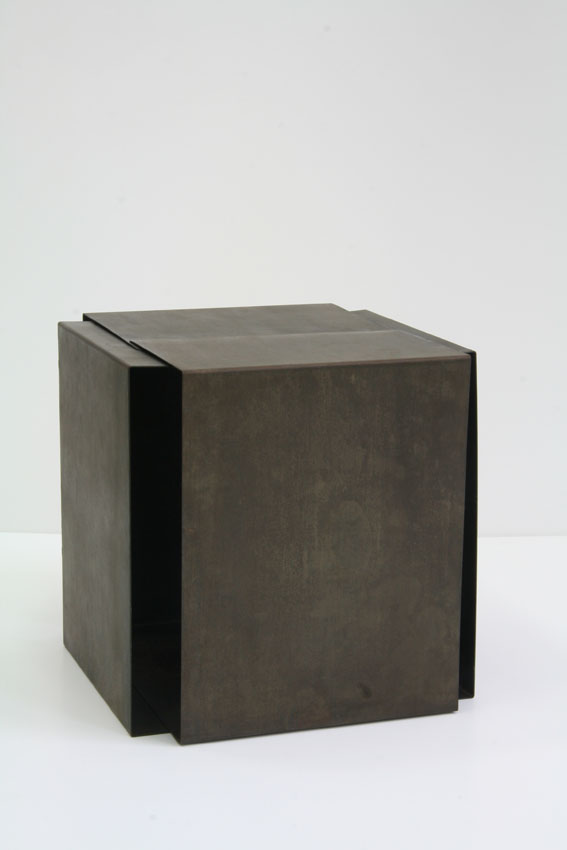How do i restore?
1. Research
The artwork is examined at the Restoration studio. Sometimes i do the research at the location of the art object concerned, if it is very large or heavy. Then i determine which restorator is most suitable: in particular cases, an interdisciplinary approach is best. If necessary, specific research is done (possibly with the ICN). This is obviously discussed with the client in advance because there may be additional costs involved.
2. Preliminary cost estimate
After study by the respective restaurator (s), the client / customer will be told what the costs will be (cost estimate) as well as when the artwork will be ready. After agreement of the client / customer, the actual restoration / conservation will then begin. The terms of R.N. are valid for you.
3. Insurance artworks
The client must himself / herself insure his / her artwork (s) for transportation to and presence in my studio. For all matters relating to quotation and commissioning, please refer to the Terms and Conditions of the Association of Restorators Netherlands, registered with the Chamber of Commerce of Amsterdam under file number 34229718, April 2006. A copy of this is also available at our restoration studio for inspection.
4. Reversible
As far as possible, i work reversible: this means the restoration can be undone if better methods or resources will be developed in the future. In the restoration process we will produce a report consisting of pictures before, during and after restoration. Also a description of the damage, as well as the mention of used restoration materials (name and composition) are reported. This report is in the archive of the Restoration Studio. The client can, if desired, receive a copy of this (additional costs).
















